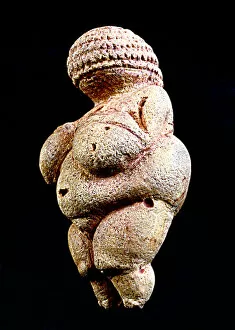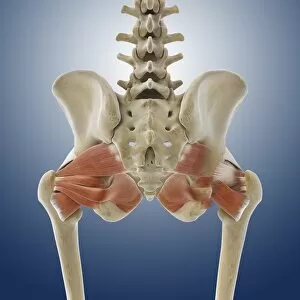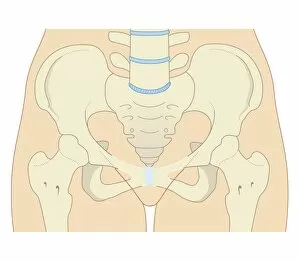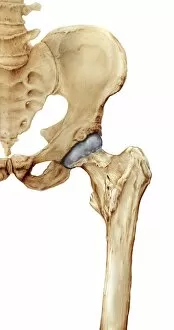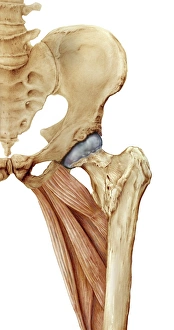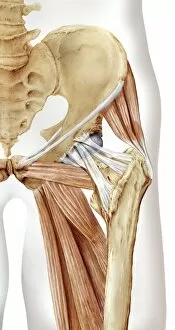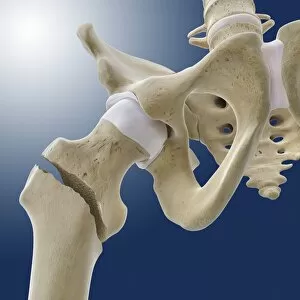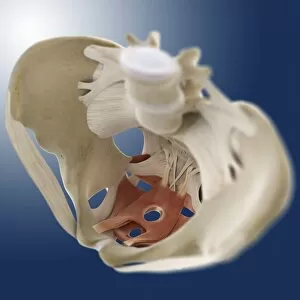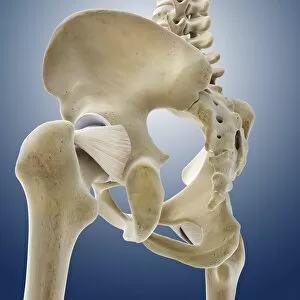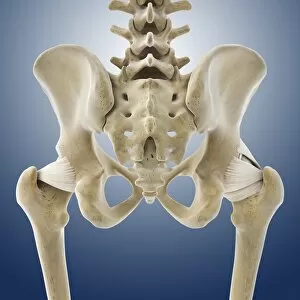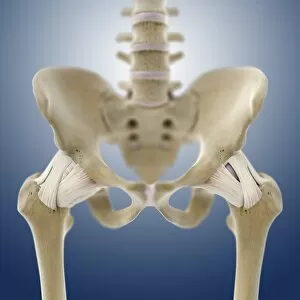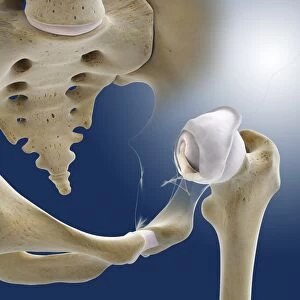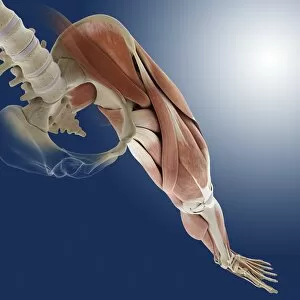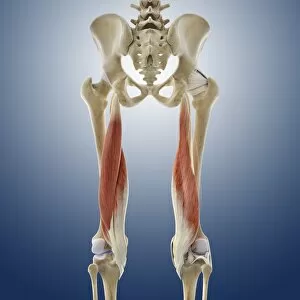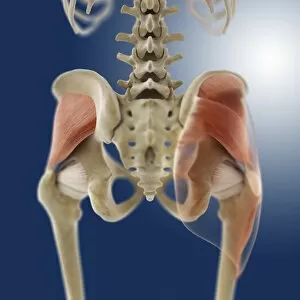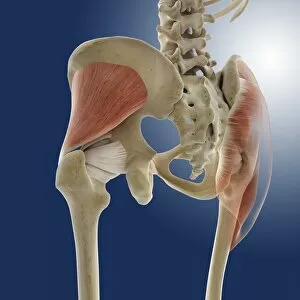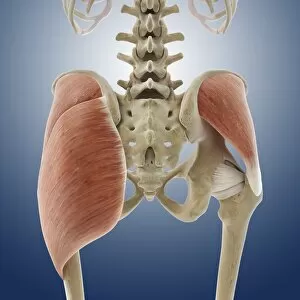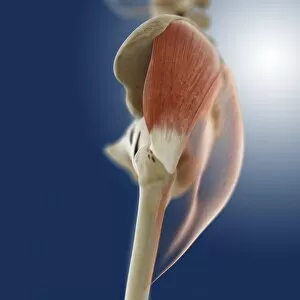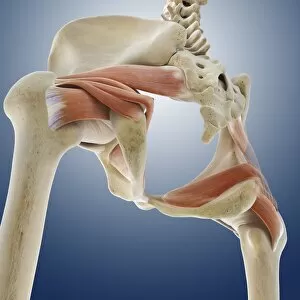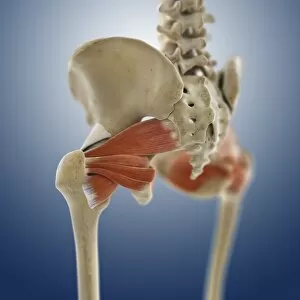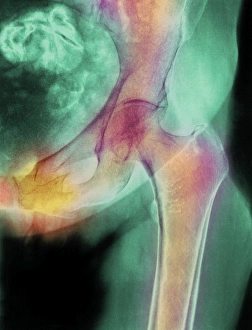Pubis Collection
The pubis, a crucial part of the human anatomy, has been depicted and studied throughout history
All Professionally Made to Order for Quick Shipping
The pubis, a crucial part of the human anatomy, has been depicted and studied throughout history. One notable representation is found in the Venus of Willendorf, an ancient figurine showcasing exaggerated buttock muscles and a prominent pubic area (Picture No. 10873599). This small sculpture serves as a testament to the significance placed on fertility and sexuality in early civilizations. Delving deeper into its anatomical context, we find engravings from 1866 that illustrate the lumbar region's connection to the pubis (Lumbar region anatomy engraving 1866). Biomedical illustrations provide cross-sections of female pelvises, shedding light on various conditions such as urinary incontinence (Cross section biomedical illustration of urinary incontinence in female) or normal bladder function (Cross section biomedical illustration of normal bladder in female). Exploring further within this realm, artwork dedicated to understanding pelvic anatomy showcases intricate details about hip bones and thigh muscles (Hip bones and thigh muscles, artwork C016 / 7015). These depictions also highlight how ligaments interact with these structures for stability and movement purposes (Hip bones, muscles and ligaments, artwork C016 / 7018). In essence, whether it be through ancient sculptures like the Venus of Willendorf or modern medical illustrations depicting pelvic anatomy intricacies (Female pelvic anatomy), studying the pubis allows us to unravel both artistic expressions and scientific knowledge. It reminds us that our bodies are marvelously complex systems deserving exploration from multiple perspectives.

